How South Korea managed to flatten the COVID-19 curve
South Korea's first line of defence against COVID-19 now is at the Seoul airport, and it's an impressive sight.
Thousands of passengers in orderly lineups, almost all masked, wait patiently to have their temperatures scanned. They pass before many infrared cameras, and then electronic thermometers are held up to their ears. If they show any symptoms, they are immediately ushered to adjacent testing facilities.
All inbound passengers have to download a cellphone app that allows the government to monitor them for a 14-day quarantine period, during which they are not allowed to leave their homes or hotels.
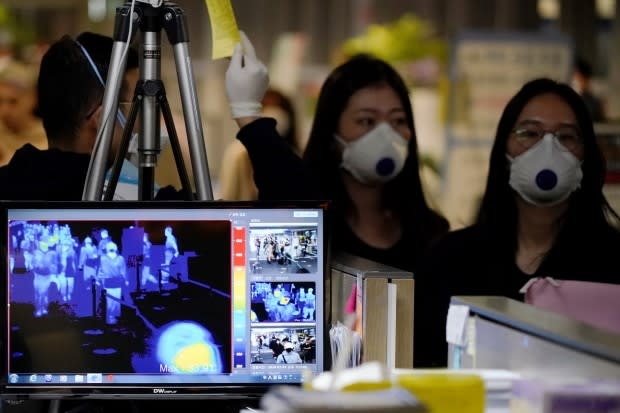
"They will be communicating with those people twice a day, morning and night, while they are doing self-reporting through the app," says Lee Hoon-sang, a professor of global health security at Yonsei University. He says the government is now especially worried about the potential for a second wave of the virus that could arrive with passengers from the United States, Europe or China.
South Korea has an enviable record of handling the outbreak. It has recorded five deaths per million of population, compared to 42 in Canada, 122 in the United States and 437 in Spain. On Sunday, there were just eight new cases reported in South Korea.
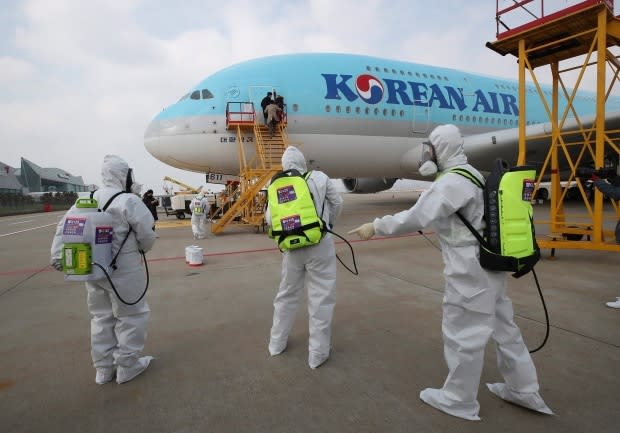
Lessons from the past
How did South Korea perform so well? It is a combination of intensive testing and elaborate contact-tracing, Lee says.
In some ways the country experienced a full dress rehearsal for this pandemic back in 2015, when it fought an outbreak of MERS, Middle Eastern Respiratory Syndrome.
A South Korean businessman returned then from a trip to Bahrain and quickly developed a cough and fever. He made his way to several medical clinics in search of a diagnosis.
Finally his condition was correctly assessed at the Samsung Medical Centre in Seoul, but by that time he had infected many other patients in waiting rooms and others he encountered along his path. A slow response from the Korean Centre for Disease Control (KCDC) meant there were eventually 186 infections and 36 deaths, and was heavily criticized at the time.
"After 2015, there was a massive revamping of the Korean CDC," says Lee. "A new testing method was prepared out of that experience, which was very helpful when COVID-19 came to Korea."
The Korean government partnered with many private bio-medical labs on medical testing, and that public-private partnership quickly generated millions of test-kits shortly after China publicized the new virus's genome in January.
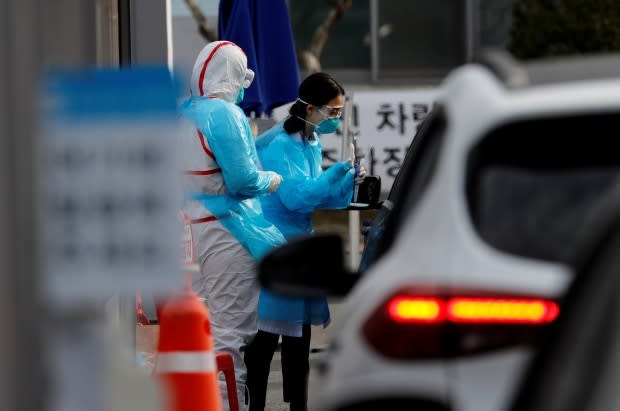
Over 500 testing facilities were established across the country, starting in February. Many of them are drive-thru, so that Koreans with families can be checked for the virus without having to hire babysitters or bring their children to a hospital.
Perhaps more astonishing is the system of contact-tracing. Infected people are asked to recall everyone they have encountered in recent days. Then their memories are checked with credit card information and cellphone location-tracking data.
An acceptable trade-off
Privacy laws were changed after the MERS outbreak to allow this intrusion only in the case of a national medical emergency. "They can use big data and AI [Artificial Intelligence]," says Lee, "So in 10 minutes all that information can be gathered automatically and the contact-tracing time has been drastically reduced."
Koreans now receive multiple notifications every day on their cellphones advising them that they may have crossed paths with an infected person at a particular store or restaurant. They are encouraged to seek testing if they experience any symptoms.
While citizens in many in Western countries would see this as an outrageous infringement of privacy, Yeong-seon Kim, a journalist with the Korean public broadcaster KBS, says the public has accepted it.
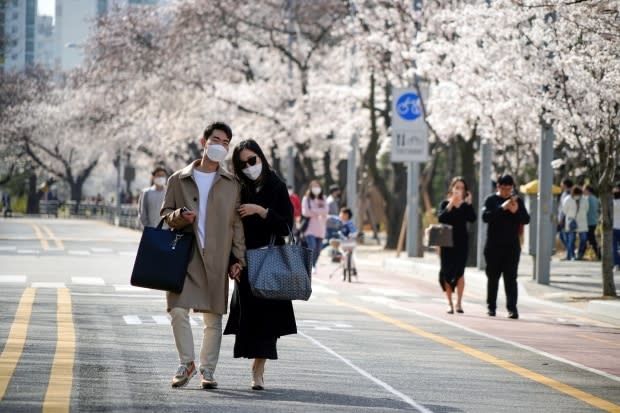
"First, the government keeps the balance between protecting public safety and protecting private information. The information made public does not include any private information that allows people to identify whose information they are receiving. You know it only says male or female and their age, that's all. So you cannot tell who he or she is.
"Second, the people understand extraordinary measures are necessary during an extraordinary time. I feel like that too, and I think the government is doing the right thing, right now."
On March 2, schools were closed and work from home protocols went into place. People were told to stop seeing relatives and friends and to avoid large gatherings.
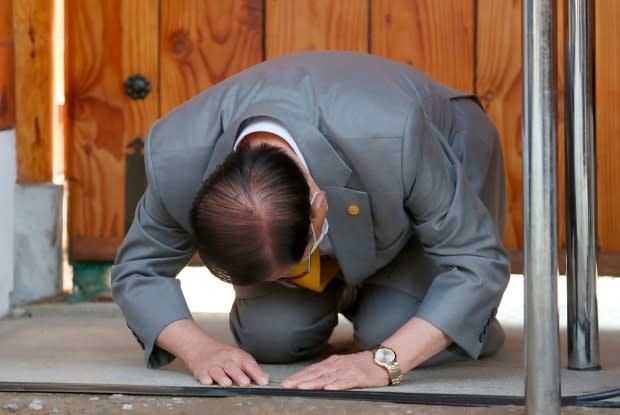
Masks are not mandated, but they are recommended and people are often shamed if they appear in public without wearing them.
While the Korean public has been largely compliant with all the new health policies, there was one glaring exception.
In mid-February, a 61-year-old woman belonging to a religious sect called the Shincheonji Church of Jesus resisted advice to self-isolate after she developed symptoms of COVID-19. She attended a wedding, a funeral and other large religious services in the southern city of Daegu.
By the time she was tested and diagnosed, she had passed the disease to over 5,000 people. Then the church refused to co-operate with medical investigations of the "super-spreader."
"This church keeps their followers' identity secret," says Kim. "Initially they were reluctant to hand over the list of their followers to the authorities. That's why the Korean people were so mad at this church, because they were not willing to share this list of their followers."
Faced with a wave of public rage and widespread demands to have the church disbanded, church leader Lee Man-hee quickly reversed course. He passed over the membership list, apologized profusely and even prostrated himself before TV cameras at a press conference on March 2.
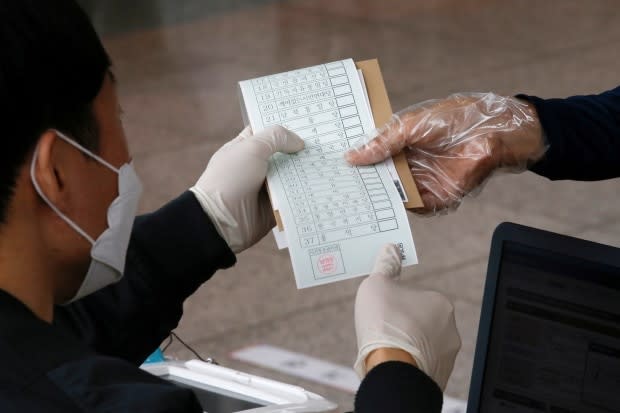
Korea has been so successful in containing coronavirus that the country never had to close bars and restaurants, and a few days ago the government even proceeded with a national election. There were elaborate sterilization precautions and every voter was issued a pair of disposable plastic gloves. There were even separate polling stations for infected persons.
Before the outbreak, the scandal-ridden government of Moon Jae-in was expected to do badly in the elections. As it turned out, the public was apparently pleased with his party's handling of the pandemic. Koreans turned out in record numbers and gave Moon's party an increased majority.


